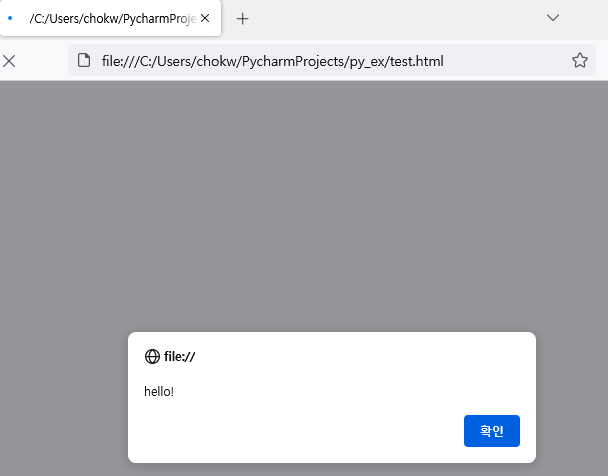Mastering Python Strings: A Comprehensive Guide for Beginners
Table of Contents
- Escape Character in Python programming Language. | RebellionRider
- Escape Character in Python programming Language. | RebellionRider
- Escape Sequence Characters In Python Multi Line Comment Python | Hot ...
- Escape Characters in Python - Python Tutorial - w3Schools - Ch#14 ...
- Escape Characters In … - Ava Hunter
- Python Escape Sequences, Text, and Unicode Characters - YouTube
- Python ascii control characters
- python html escape string 하는 방법을 알아봅시다. - Codingdog Blog
- Python tutorial 8: Escape Character for Strings in Python by Manish ...
- Learning to Program in Python - ppt download



What are Python Strings?



Creating Python Strings

.jpg)

Python String Operations
Python provides a range of operations that can be performed on strings, including: Concatenation: Joining two or more strings together using the `+` operator. Repetition: Repeating a string using the `` operator. Indexing: Accessing individual characters in a string using their index. Slicing: Extracting a subset of characters from a string. Here are some examples: ```python # Concatenation str1 = "Hello" str2 = "World" print(str1 + " " + str2) # Output: Hello World # Repetition print("Hello" 3) # Output: HelloHelloHello # Indexing my_string = "Hello" print(my_string[0]) # Output: H # Slicing my_string = "Hello World" print(my_string[0:5]) # Output: Hello ```
Python String Methods
Python provides a range of built-in methods that can be used to manipulate and transform strings. Some common string methods include: lower(): Converts a string to lowercase. upper(): Converts a string to uppercase. split(): Splits a string into a list of substrings. join(): Joins a list of strings into a single string. Here are some examples: ```python # lower() my_string = "Hello World" print(my_string.lower()) # Output: hello world # upper() my_string = "hello world" print(my_string.upper()) # Output: HELLO WORLD # split() my_string = "hello world" print(my_string.split()) # Output: ['hello', 'world'] # join() my_list = ["hello", "world"] print(" ".join(my_list)) # Output: hello world ``` In conclusion, Python strings are a fundamental data type that offers a range of features and functionalities. By mastering Python strings, you can improve your programming skills and work more efficiently with text data. Whether you are a beginner or an experienced programmer, this guide has provided you with a comprehensive understanding of Python strings and how to work with them effectively. With practice and experience, you can become proficient in using Python strings to solve real-world problems and build innovative applications.For more information and examples, you can visit the W3Schools Python Strings tutorial.